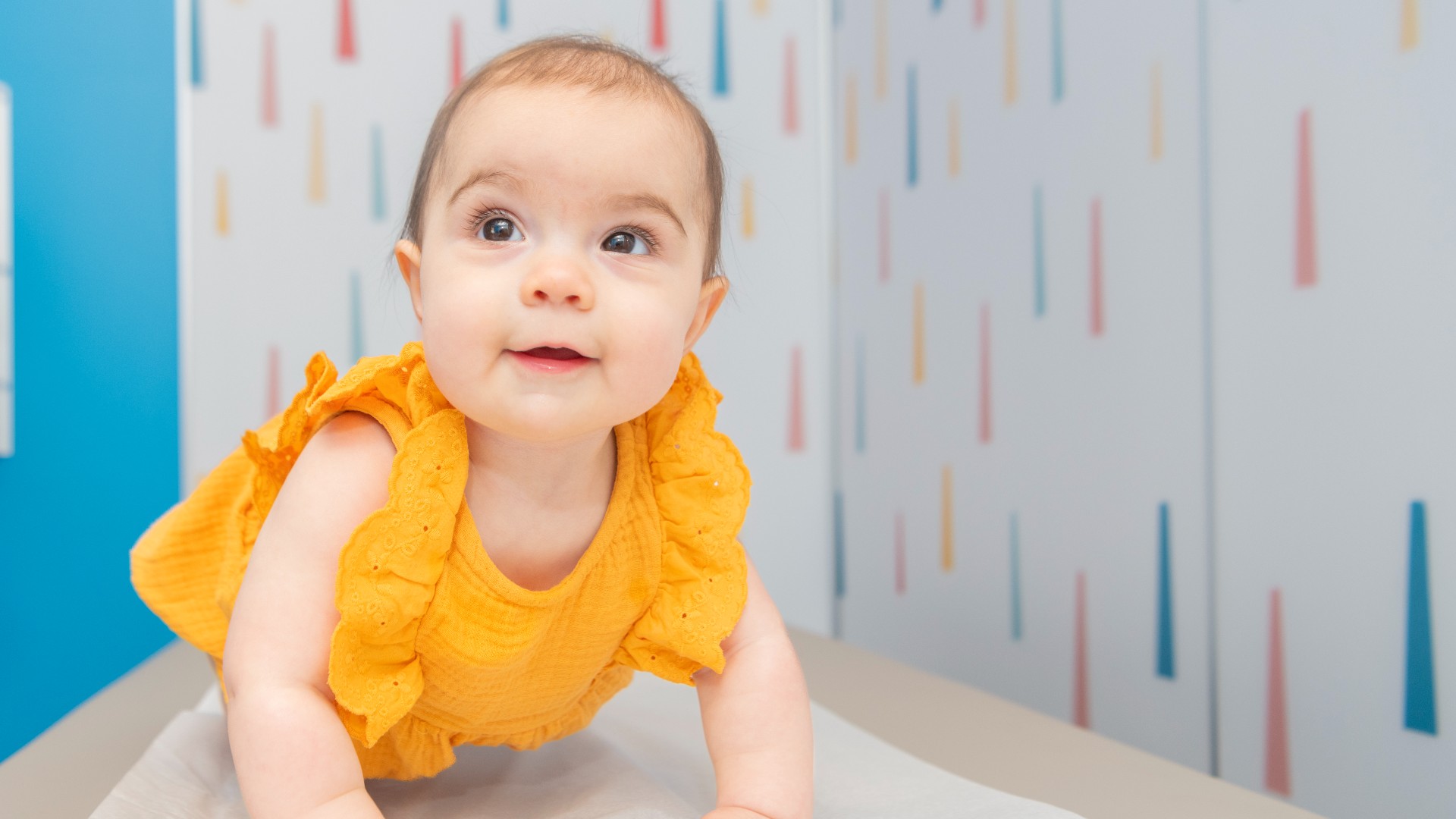Condition
Pediatric Chiari Malformations
What You Need to Know
A Chiari malformation is a congenital defect in the area of the back of the head where the brain and spinal cord connect.
Key Symptoms
The most common symptoms of a Chiari malformation may include:
- Rapid, back and forth eye movement
- Developmental delays
- Poor feeding and swallowing
Diagnosis
Doctors typically diagnose Chiari malformation by:
- X-ray
- CT scan
- MRI
Treatment
Specific treatment for a Chiari malformation will be determined by your child's doctor. Treatment may include:
- Surgery
Schedule an Appointment
Our pediatric specialists provide personalized care for your child’s physical, mental and emotional health needs. Meet our providers and schedule an appointment today.
Frequently Asked Questions
What is a Chiari malformation?
What are the types of Chiari malformations?
What causes Chiari malformation in children?
What are the symptoms of a Chiari malformation in children?
How is a Chiari malformation in children diagnosed?
How is a Chiari malformation in a child treated?
What are some lifelong considerations for a child with a Chiari malformation?
Meet the Providers Who Treat Chiari Malformations
Departments that Treat Chiari Malformations

Neurosurgery
Our neurosurgery experts provide advanced care for newborns and children with complex neurological conditions.

Help Kids and Make a Difference
Invest in future cures for some of life's most devastating diseases. Give today to help more children grow up stronger.




